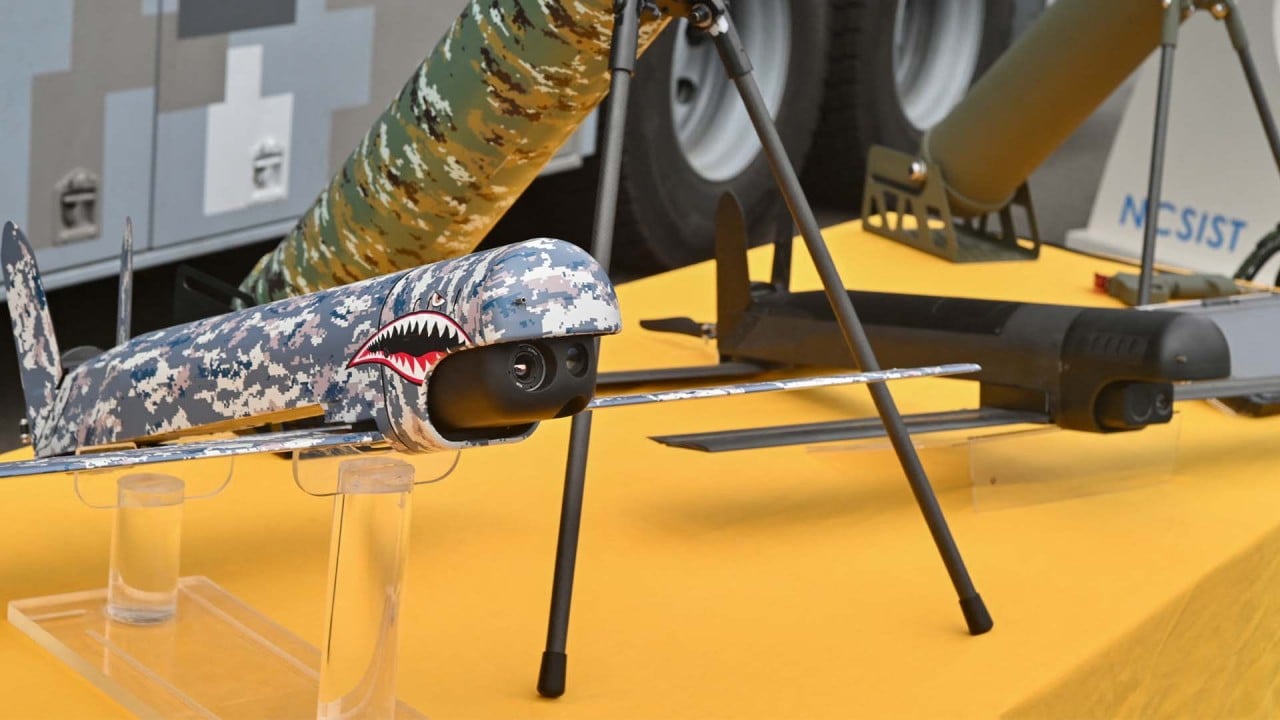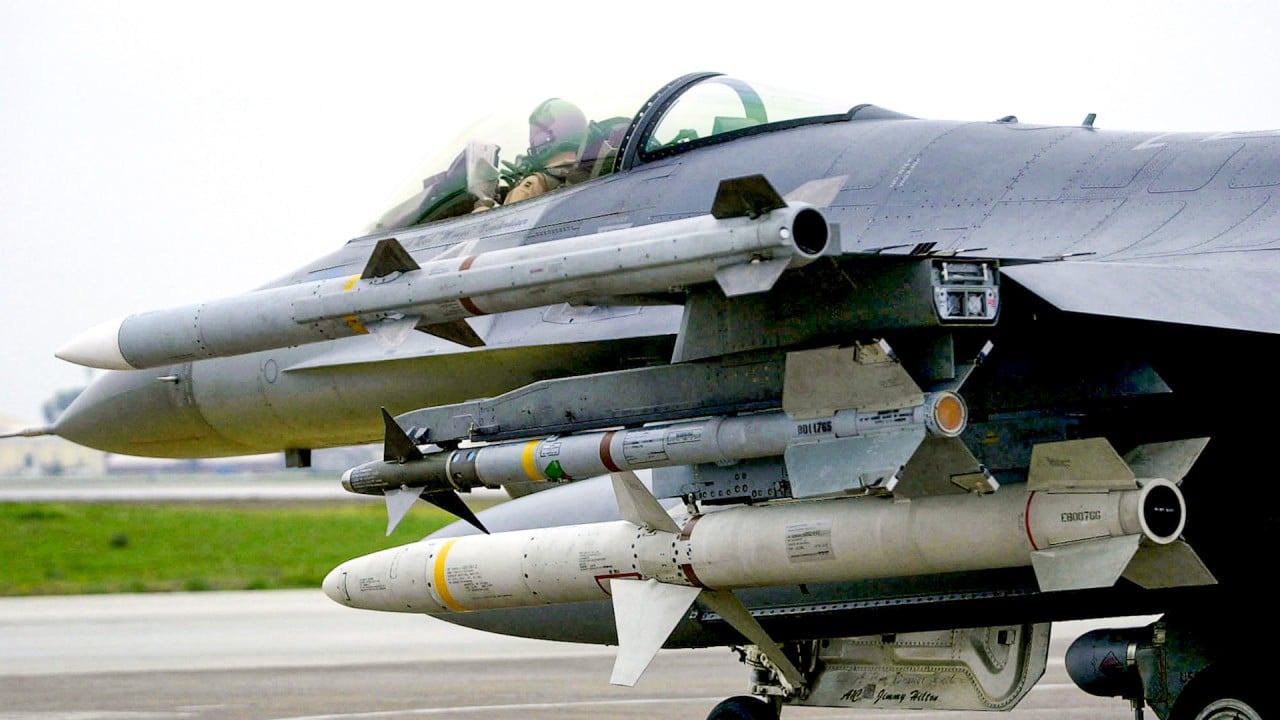
Taiwan to get tactical boost with Nato’s Link 22 and US SeaGuardian drones: analysts
- Nato communications system and drones seen as part of American integrated defence strategy
- Island’s existing system works for US weapons but not the French frigates and jets in its arsenal
A senior Taiwanese defence official confirmed last month that the US would help the self-ruled island to acquire the advanced data link and radio system.
Experts said that in a conflict with the mainland Link 22 would be a highly valuable defence communications asset for Taiwan, which does not have its own satellite system.
“Taiwan’s acquisition of Nato’s Link 22 will enable it to operate the MQ-9B SeaGuardian drones to be provided by the US,” Taipei-based military commentator Chi Le-yi said.
“[The US] sale of four MQ-9Bs to Taiwan and its acquisition of Link 22 for support could be seen as a part of the US integrated deterrence strategy in light of the increasing risk of military conflict between Taiwan and the mainland.”
Link 22 is the beyond-line-of-sight communications platform used by Nato members in joint operations.
The SeaGuardian drones, which have a range of up to 6,000km (3,730 miles) and 40 hours of flight time, are expected to be a boost to anti-submarine operations and surveillance.
The Pentagon’s integrated deterrence strategy emphasises the use of diplomacy, economic statecraft, and military power together to deter enemy forces from aggression.
Zhou Chenming, a researcher from the Beijing-based Yuan Wang military science and technology think tank, said Link 22 would help Taipei improve its ability to counter communications jamming in a conflict.
“Link 22 is for secure air and sea data transmission, and is mainly used for redundancy enhancement for sending bigger data like joint operational images,” Zhou said.
Taiwan’s military already uses the US-built Link 16 system to connect its US-made weapon systems, but it is not compatible with non-US weapon systems such as the La Fayette-class frigates and Mirage 2000-5 fighter jets it bought from France.
“According to the Nato’s founding treaty, Asia is excluded under its principle of collective defence … and France, a core member, has expressed its opposition to expanding [the alliance] to Asia,” Lu said, adding that he did not think France and other Nato members would share their military operational codes with Taiwan.
“The US wants Taiwan to have Link 22 because it’s the most convenient and lowest cost measure to operate the MQ-9B, which needs to connect with satellites, and Taiwan doesn’t have its own satellite system.”
Lu said that while Taiwan could upgrade its Link 16 system to connect with the SeaGuardian drones, it would require the island to share its military operation codes with the US – something Taipei would be reluctant to do.
During a visit to Taiwan last month, retired US general Steven Rudder, who headed the marine air wing in the Pacific region from 2017 to 2020, said the US’ ultimate goal was to bring Taiwan into its C4ISR system, a mechanism for command, control, communications, computers, intelligence, surveillance and reconnaissance.



